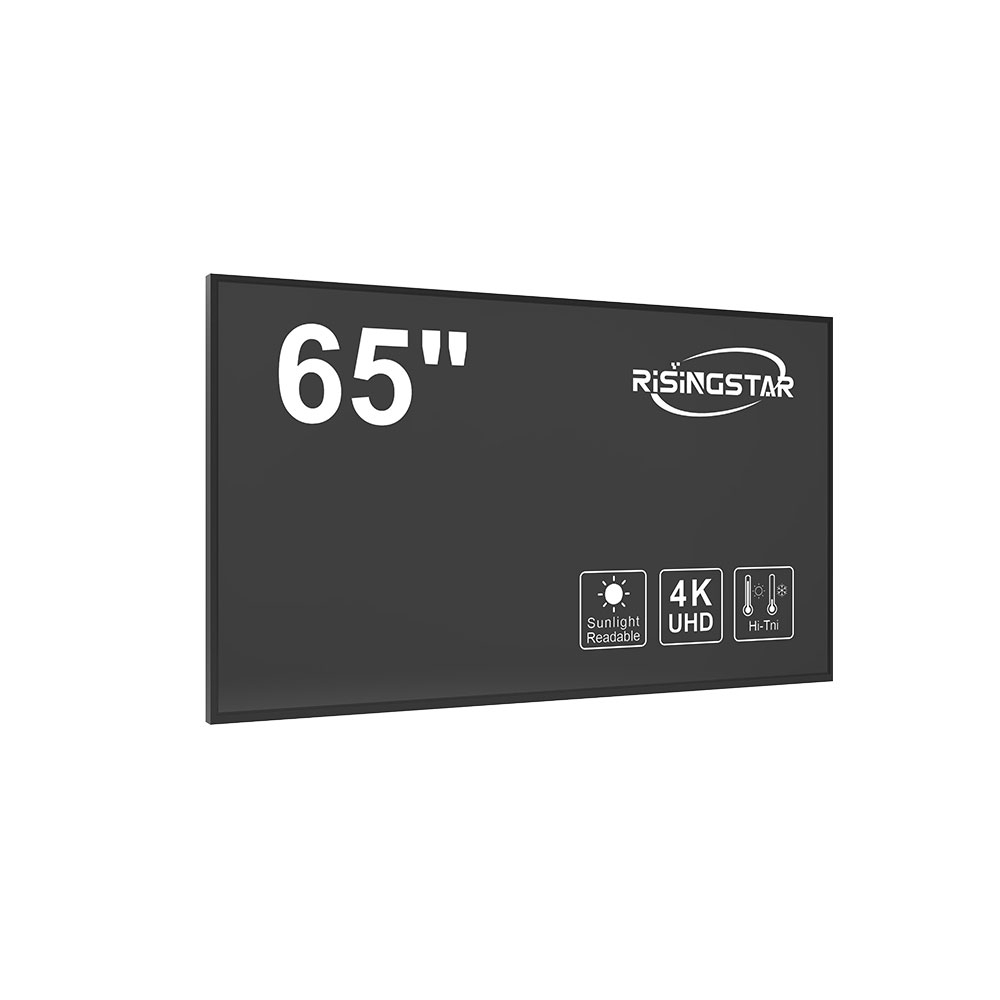To ensure reliable performance in harsh environments, outdoor LCD displays must meet stringent environmental protection standards—among which the IP66 waterproof rating is a critical benchmark. IP66 refers to the Ingress Protection (IP) rating system defined by IEC 60529, where "6" indicates complete dust tightness and "6" signifies resistance to powerful water jets from any direction. This level of protection is essential for applications such as traffic monitoring systems, digital signage in public spaces, and industrial control panels exposed to rain, snow, or high-pressure cleaning.
Manufacturers achieve IP66 compliance through a multi-layered approach. First, the display housing must be constructed from robust materials like aluminum alloy or polycarbonate with sealed joints and gaskets made from silicone or EPDM rubber. These materials resist UV degradation, temperature extremes (-30°C to +70°C), and mechanical stress. Second, the internal electronics are potted or encapsulated using conformal coatings or epoxy resins to prevent moisture ingress. Third, all openings—including power ports, ventilation slots, and mounting brackets—are sealed with IP66-rated connectors and O-rings to maintain structural integrity under pressure testing (typically up to 100 liters per minute at 3 meters distance).
Real-world case studies from cities like Singapore and Dubai show that IP66-rated outdoor LCDs deployed in street-level kiosks and transit hubs have achieved over 98% uptime even during monsoon seasons. According to the European Commission’s EN 60529 standard, successful IP66 certification requires rigorous laboratory tests simulating real-world conditions, including spray tests, immersion simulations, and thermal shock cycles. Leading manufacturers such as LG, Samsung, and Leyard now offer certified IP66 models specifically engineered for outdoor use, often paired with anti-glare coatings and brightness levels exceeding 5000 nits to ensure visibility in direct sunlight.
For engineers and integrators, selecting an IP66-certified display isn’t just about meeting specs—it’s about future-proofing deployments against unpredictable weather events, reducing maintenance costs, and ensuring long-term operational reliability. The integration of smart sensors and remote diagnostics further enhances the value proposition, allowing predictive maintenance based on environmental data logs stored within the unit itself.

In summary, achieving IP66 waterproofing demands precision engineering, material science expertise, and adherence to international standards—not just marketing claims. For any project requiring durable outdoor digital signage, this certification remains the gold standard for resilience and trustworthiness.








